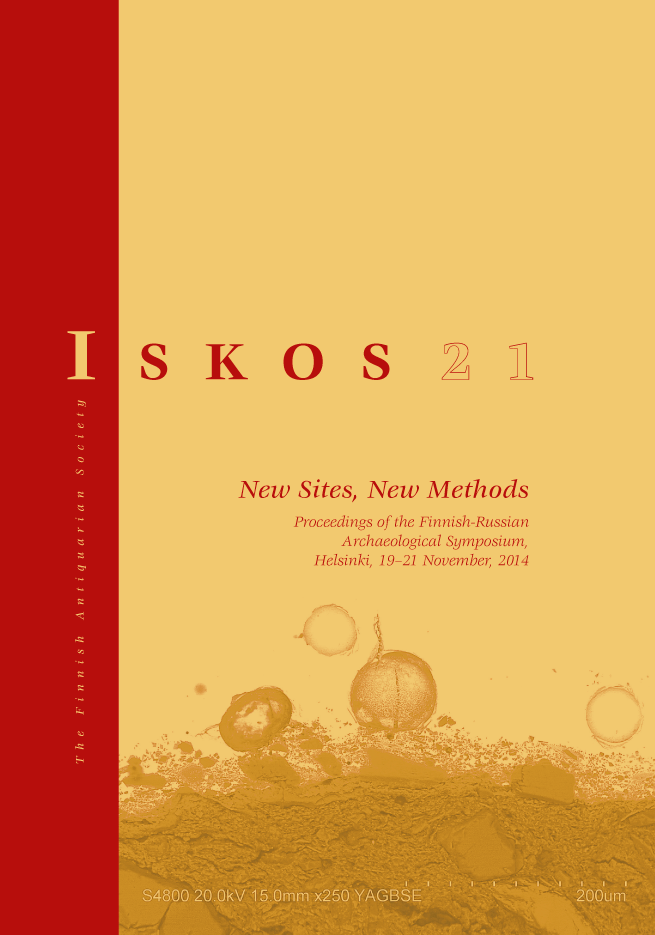The Use of Wood at the Zamostje 2 Site
Abstract
Prehistoric sites preserved in the waterlogged environments of northern Europe, the Baltic region, and Russia possess a number of common features related to the specifics of their locations in prehistoric times and the later conditions of their preservation. The lake settlements of the forest zone of European Russia did not undergo any drastic changes in their economy based on hunting and fishing during most of the Mesolithic and Neolithic periods. The importance of fishing can be understood by studying the remains of wooden items from such sites, which include utensils like paddles, floats, and nets, as well as fish traps and other fishing constructions. The comprehensive analysis of wooden artefacts enables not only a detailed reconstruction of woodworking traditions and techniques at the sites, but also the reconstruction of the surrounding landscape, as exemplified by recent studies made at the Zamostje 2 site (Sergiev Posad district, Moscow region, Russia). This article presents the results of these studies. The assemblage of wooden artefacts – with more than 300 items – and fishing structures (fish traps, weirs, and fish screens) found at the Zamostje 2 site currently represents a unique opportunity to assess not only the role of wood in hunter-fisher societies during the Mesolithic and Neolithic periods in the forest zone of eastern Europe, but also the scientific potential of this fragile find material category.




